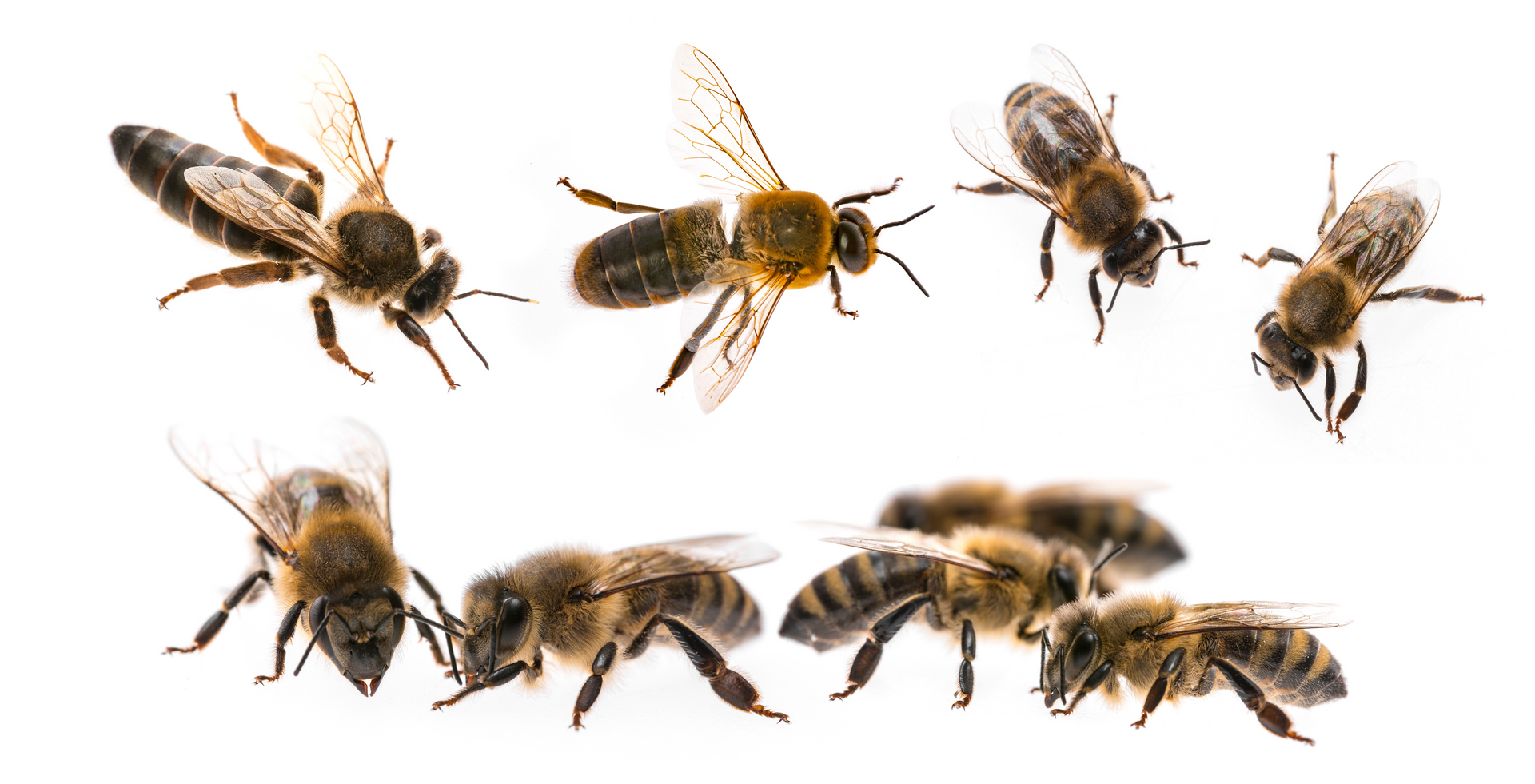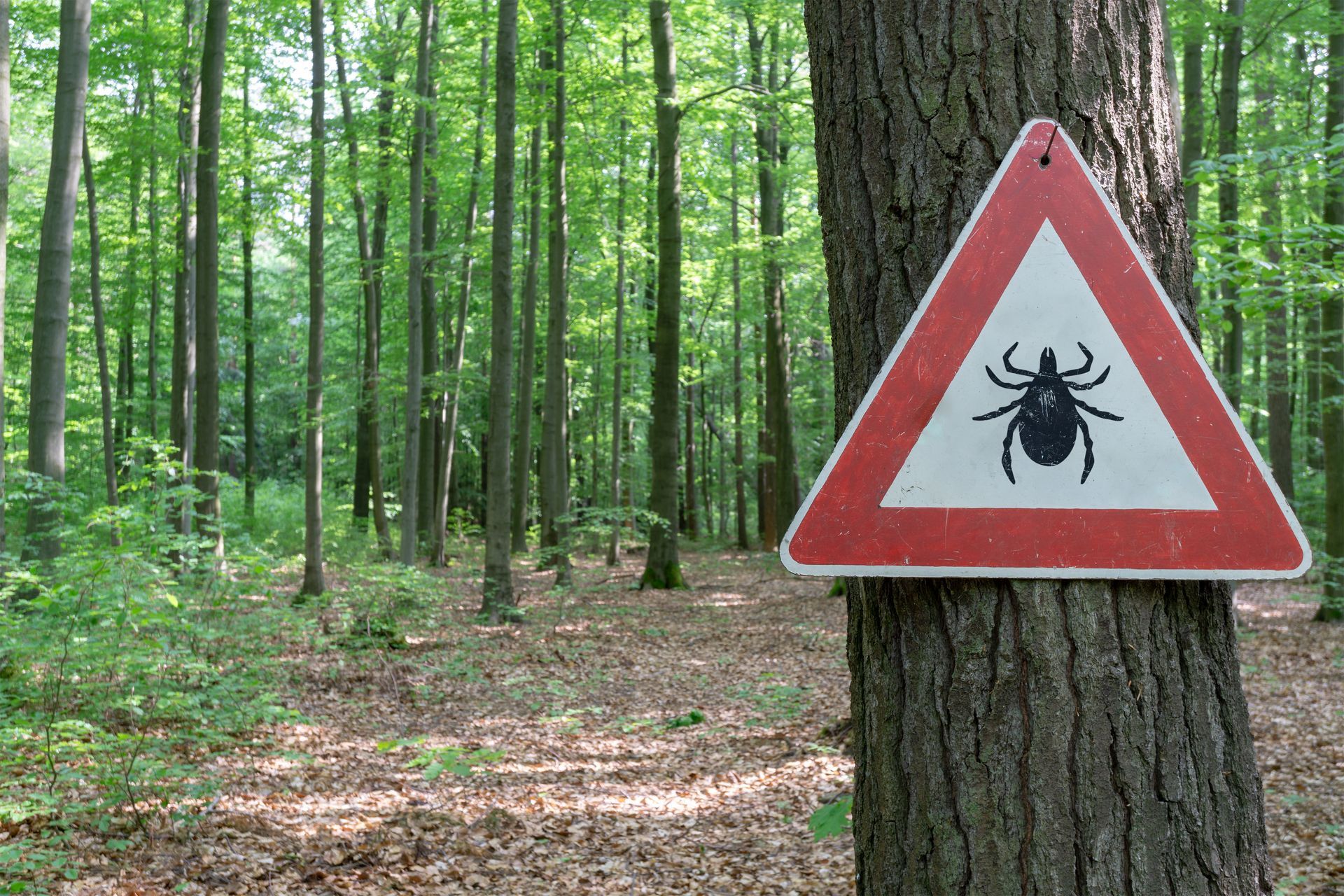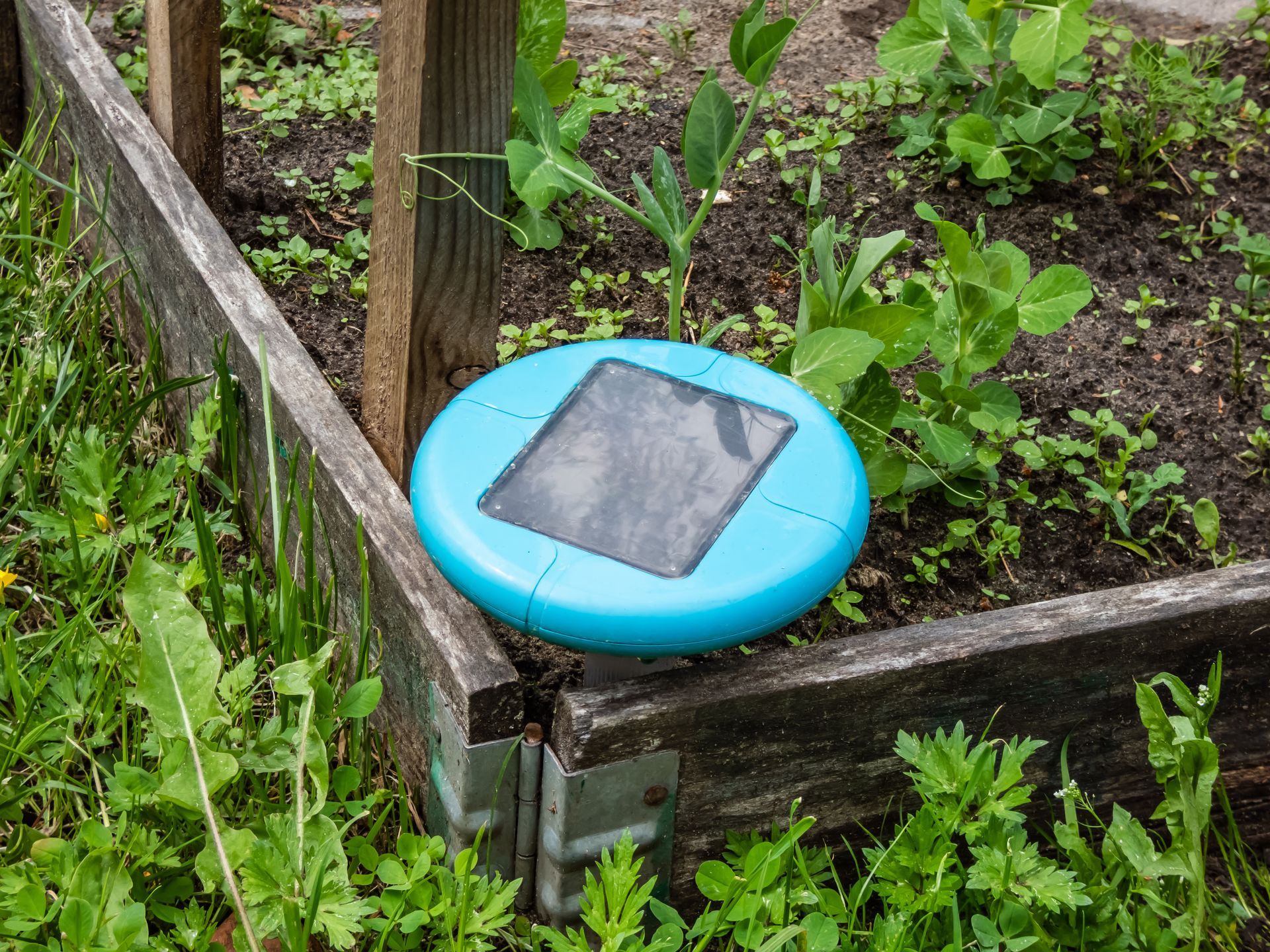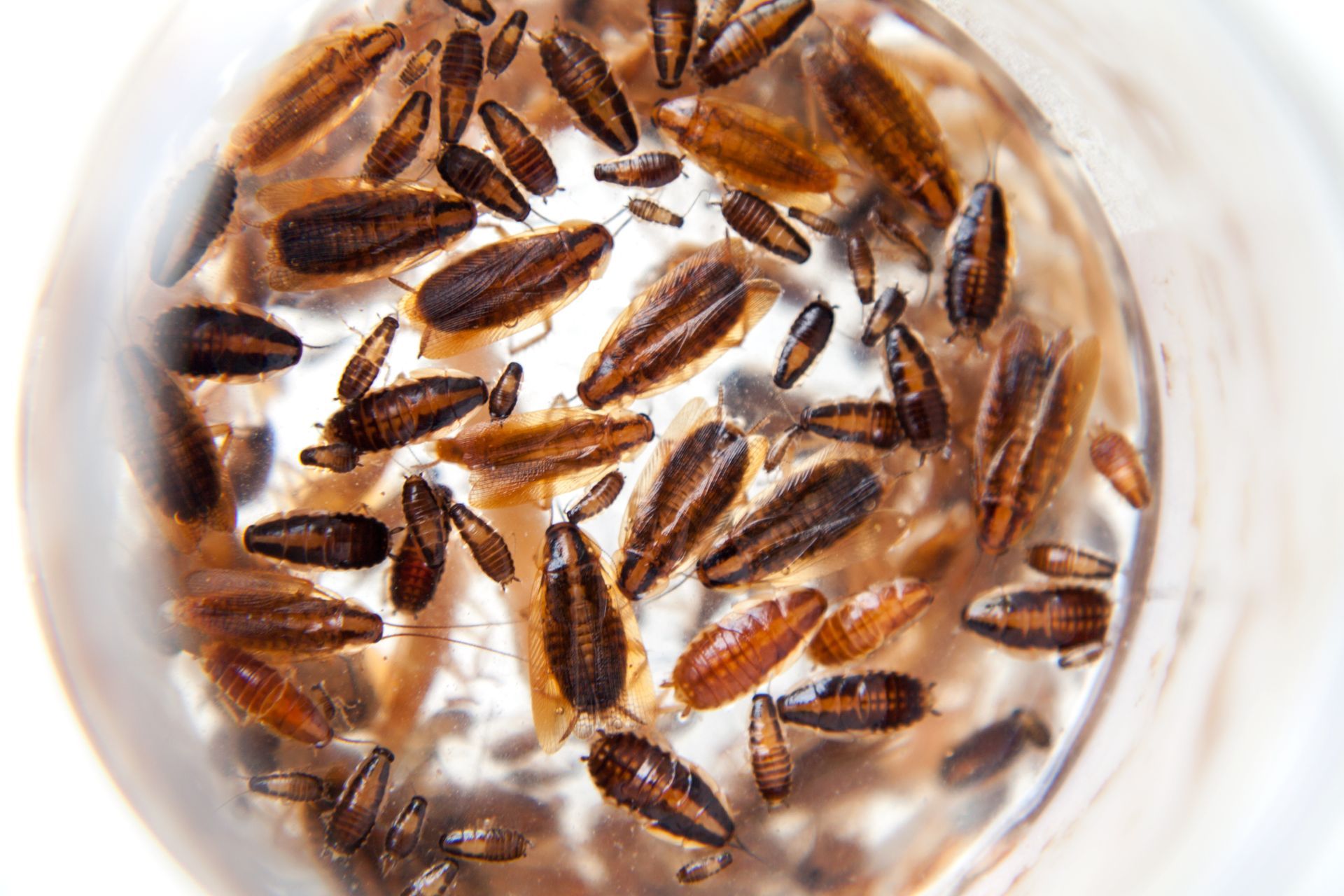Understanding Ant Colony Structure and Hierarchy
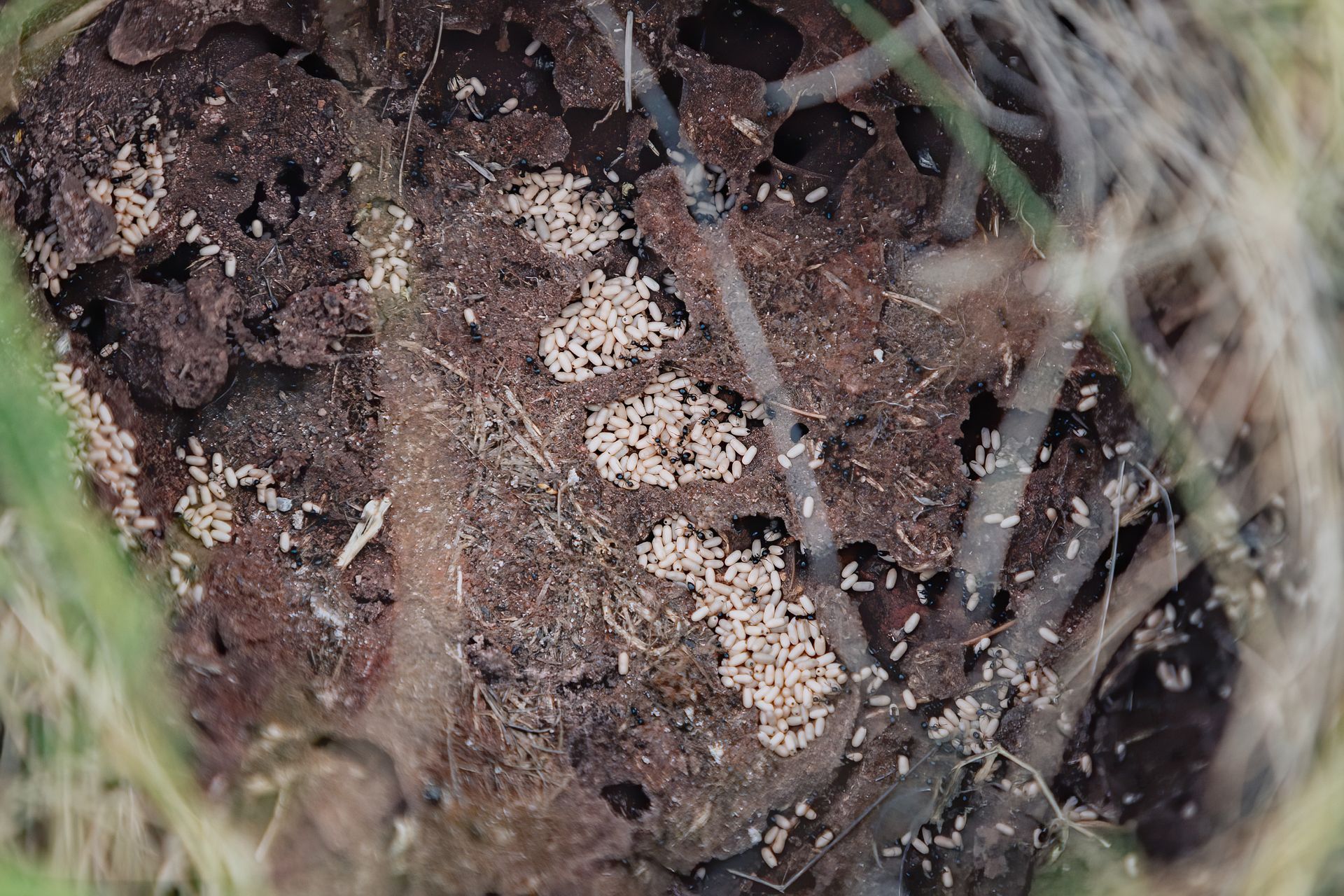
Ant colonies are complex, eusocial structures that are composed of a single ant species. These colonies vary in size, but they are highly organized and typically consists of one or more egg-laying queens, numerous sterile female workers & soldiers, and their brood. When the colony gets too large, it will start to develop winged males and females. These winged ants, known as alates, leave the nest to establish new colonies. After a new colony is established, the males and most females die while a new ant queen will emerge from the remaining survivors. This new ant queen and a small percentage of female survivors will develop the nest for the next generation of young ants.
What Does Ant Colony Mean?
An ant colony is a cooperative, non-aggressive community comprised of a queen, workers, reproductive individuals, and their brood. Ants in the same colony are typically related to a single queen, although that is not true for all ant species. These colonies are so unified in their common goals of survival, growth, and reproduction that they often behave as a single entity, or a "superorganism." Much like the different body parts of an individual, ant work together and the members of an ant superorganism cooperate to achieve remarkable feats. This social behavior provides ants with a significant advantage over solitary insects and other animals which contributes to their success in diverse environments around the world. Ant nests, the physical spaces where ants reside, can be found in a variety of environments including underground, forests, fields, deserts, even throughout cities.
Ant Colony Organizational Terminology
Ant colonies exhibit a range of behaviors when it comes to founding and organizing their colonies and scientists who study ants have developed specific terminology to describe these behaviors.
- Monogyny and haplometrosis both refer to the establishment of an ant colony under a single egg-laying queen.
- Polygyny and pleometrosis both describe the establishment of an ant colony under multiple egg-laying queens.
- Oligogyny is a specific type of polygyny where the multiple egg-laying queens remain far apart from one another within the nest.
The terms monodomy and polydomy are used to describe the physical structure of the ant colony. Monodomy refers to when a colony exists using a single nest site, while polydomy describes a colony with multiple nest sites. These terms provide a framework for understanding the complex social structures and behaviors that characterize ant colonies and highlight the diversity and adaptability of these fascinating insects.
Ant Colony Hierarchy & Structure
Ant colonies exhibit a complex social structure with roles determined by age. As ants age, their tasks move them further from the queen or the colony's center. Younger ants typically work within the nest, protecting the queen and the young. Older ants move outward and focus more on expanding and defending the ant nest in addition to searching for food. Ant colonies operate as a collective "super mind," using information gathered by each member to solve complex problems, such as finding the best nesting site or food source. Ant colonies are typically composed of four types of ants: queens, workers, males, and in certain stages, winged males and females known as alates or reproductives.
Ant Queen
The queen ant plays a crucial role in the ant colony's structure and hierarchy. Queens are considered the leaders of the colony, with their primary responsibility being mating and laying eggs. They can lay hundreds of thousands of eggs and are usually located deep within the nest for protection. The queen stores sperm in a pouch in her abdomen, which she uses to fertilize her eggs. Interestingly, the sex of the offspring is determined by whether the egg is fertilized or not: fertilized eggs develop into females, while unfertilized eggs become males. Queen ants are typically larger than other ants in the colony and have a relatively long lifespan. On average the queen lives between 10 to 15 years, which is significantly longer than most other ants. This extended lifespan, coupled with their reproductive capabilities, underscores the queen's vital role in the ant colony's survival and growth.
Worker Ants
Worker ants play a vital role in the survival of an ant colony. They perform a variety of tasks based on their specific roles. Communication between workers is critical so they use their antennae to sense chemicals and share information. These ants are larger than male ants but smaller than the queen. The lifespan of worker ants can range from a few weeks to up to a year, depending on the species and environmental conditions. Some workers are responsible for tending to the eggs, larvae, and pupae, which are the different developmental stages of ants. These workers clean the eggs and feed the larvae which is critical to ant colony survival because untended eggs and larvae can become infected with mold and perish. Workers that tend to the brood typically do not leave the nest. Other workers leave the nest to forage for food. These ants leave chemical trails to mark their routes and facilitate navigation. Worker ants also contribute to the construction and expansion of the ant nest, particularly as the colony's population grows. This division of labor among worker ants contributes to the efficiency and resilience of ant colonies.
Ant Drones
Drones are the male ants in a colony and their single role within the colony is to mate with the queen. They are smaller than the female ants in the colony ants and are typically not seen outside the nest until it's time to find a mate. When it is time to mate, drones will take flight with the female reproductives in search of a site to create a new colony. When they find a new home, they will mate with the new queen and die shortly after fulfilling their mating duties. Their life span may only be a week-long, but they play a crucial role in the propagation and survival of the ant colony.
The Brood
In an ant colony, the terms "eggs," "larvae," and "pupae" refer to the different stages of the brood, or the developing ants. Queens can lay hundreds of thousands of eggs throughout their lifetime, which typically hatch within two weeks. Post-hatching, worker ants care for the larvae, ensuring they are fed and safe. The larvae then develop into pupae before maturing into adult ants. The determination of future queens occurs during the larval stage.
Flying Ants
Flying ants, also known as alates and reproductives, emerge from their original colony when it's time for them to breed. This event, known as a nuptial flight, involves several winged female and male ants leaving their original colony. Upon finding a suitable location, these ants land, shed their wings, and begin constructing a new nest. One of the females will emerge as the new queen and the males will die off once mating is completed. The surviving female worker ants will then go on to build the colony around the queen, who commences laying eggs to facilitate the growth of the new colony. This process is crucial for the propagation of ant species and the establishment of new colonies.
Ant Colony Size
The size of an ant colony and the number of individuals that make up the colony, is a significant factor for ants as it can influence their foraging behavior, nest defense, mating, and even the ants’ physical appearance. Genetic and environmental factors can cause large variations among colonies of different species. Among groups of different ant species, the differences can be enormous, with some species reported to have colony sizes in the millions of workers, while others may comprise only 500 workers. For example, fire ant colonies generally contain tens of thousands of ants and can form what are known as super colonies. Super colonies are cooperative networks of multiple nests, queens, and workers that can cover territories spanning miles and be home to hundreds of millions of ants. On the other hand, carpenter ant colonies tend to be smaller, with populations growing slowly due to being supported by a single queen. Odorous house ant colonies can be home to multiple queens and to make matters worse, these ants can set up temporary nests that make it challenging to locate and exterminate these ant colonies. Regardless of the species, it's safe to assume that any ant seen in and around a home is part of a larger colony, potentially numbering in the hundreds or thousands.
Ant Super Colonies
A super colony in the ant world is a phenomenon where multiple ant colonies of the same genetic line coexist across a large area. Normally, ants from different colonies are territorial and will attack intruders but somehow the ants within a super colony manage to avoid aggression. As of the year 2000, the largest known ant super colony was a massive colony of Argentine ants that covered much of Southern Europe. This super colony was thought to be separate colonies before genetic testing discovered that these colonies were connected. This super colony consists of millions of nests and billions of workers across a 3,730-mile stretch along the Mediterranean and Atlantic coasts. In 2009, it was discovered that the European super colony was actually part of a global “mega colony” that traversed across Japan, California, and Europe. This mega colony represented the most populous recorded animal society on earth outside of humankind.
Where are Ant Colonies Located?
Ant colonies can be found in a wide variety of locations in almost every environment on this planet, which demonstrates the adaptability of these insects. Many ant species construct their homes underground, often creating intricate networks of tunnels and chambers. Other species choose to reside in leaf litter or rotting wood on the forest floor which allows them to take advantage of the shelter and resources these environments provide. Some ants prefer the cover and warmth provided by rocks, while others exclusively nest in trees. Regardless of the location, ants are exceptional architects, designing their nests to provide the optimal environment for their larvae to grow. Some nests even feature a built-in ventilation system to circulate fresh air, showcasing the ants' remarkable engineering skills.
How Ants Work Together
Ants in a colony communicate with each other to coordinate their activities, primarily using chemicals known as pheromones. These pheromones carry specific messages which indicate the presence of food and intruders. Ants detect these chemical signals with their antennae which allow them to respond appropriately to various situations. Nestmates can recognize each other by the specific chemical mixtures that cover their bodies with the queen having her own unique blend of chemicals that signals her presence to the rest of the colony. In addition to chemical communication, ants can also use touch and vibration to communicate in certain situations which demonstrates the complexity of how they communicate with each other.
Despite each individual ant having a relatively small brain, the collective intelligence of an ant colony is quite impressive. Ant colonies that act as superorganisms can solve complex problems by processing information as a group. For example, a colony can evaluate potential nest sites and collectively choose the best one, a task that would be challenging for a solitary insect. This collective decision-making ability allows ant colonies to weigh multiple options and reduce the likelihood of mistakes, showcasing the power of their cooperative behavior and collective intelligence.
Hunting and Farming
While a single ant might not pose much of a threat to larger animals, an ant colony can be a formidable force. Ants often hunt in groups, enabling them to overcome prey that is much larger and stronger than individual ants. This group hunting strategy is a testament to the strength and efficiency of their cooperative behavior, which can sometimes result in unfortunate encounters for those who cross their path. By working together, ants can even defend their colony against creatures as large as small mammals which also highlights their strength in numbers.
That being said, not all ants are aggressive hunters. Some ants, like leafcutter ants, engage in more peaceful activities such as farming. Leafcutter ants collect vegetation to cultivate nutritious fungus gardens within their nests. This provides the colony with a sustainable food source. Other ants act as ranchers, herding plant-sucking insects much like livestock and feeding on the sweet byproducts these insects produce. These agricultural practices, much like in human societies, are group efforts that further demonstrate the complexity and versatility of ant colonies.
Going to War
Ants exhibit a strong loyalty to their own colony, but they can be hostile towards ants from other colonies. This is primarily due to competition for resources like food and territory. Many ant species establish spaces around their nests that are considered off-limits to ants from other colonies. If these territories are invaded by members of a rival colony, it can lead to all-out warfare. During these battles, worker ants may employ various tactics such as stinging, spraying, biting, and even fighting to the death.
Lifespan of an Ant Colony
The lifespan of an ant colony is typically tied to the lifespan of its queen which can vary significantly depending on the species. For instance, fire ants have queens that can lay over 1,000 eggs a day for up to seven years. This longevity contributes to their status as a significant pest. On the other hand, carpenter ants construct their colonies within wooden structures and can cause considerable damage to homes by hollowing out wood for their nests. Carpenter ant colonies can thrive for up to five years before the ant queen dies off. Generally, the size of the nest or mound can be an indicator of the colony's maturity, with larger structures often signifying more mature colonies.
Contact EcoGuard Pest Management if You’re Dealing with Ants
If you're dealing with an ant colony on your property, remember that these complex societies can be challenging to manage and eradicate without professional help. EcoGuard Pest Management has the expertise and tools necessary to effectively handle any ant infestation, ensuring the safety and comfort of your home or business. Don't let ants overrun your property; reach out to EcoGuard Pest Management today and let our team of experts provide you with the efficient, effective, and eco-friendly solutions you need.



